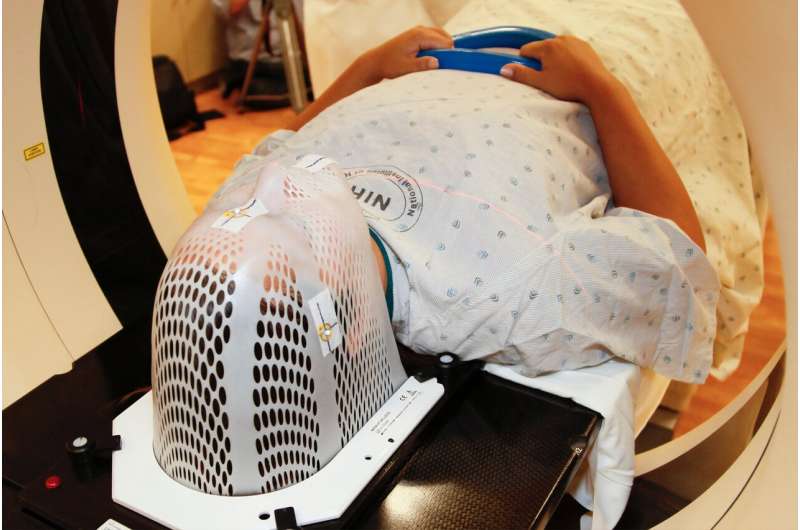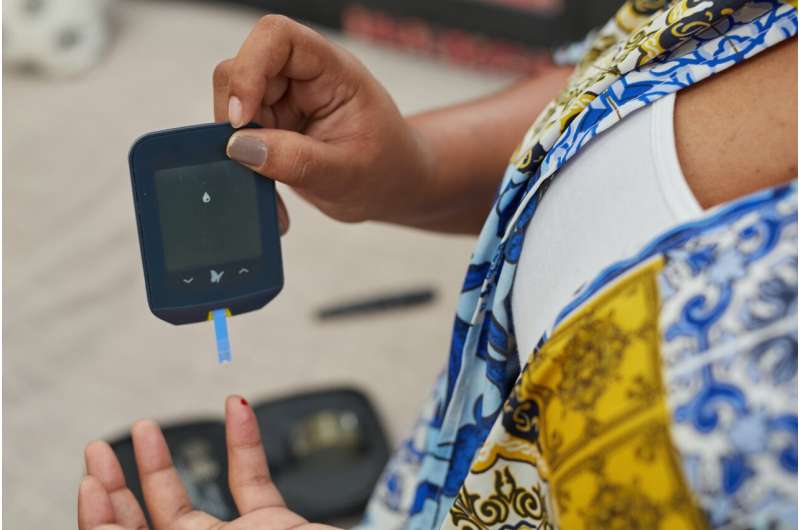Breakthrough in Primate Stem Cell Research: Adult Cells Identified in Small Non-Human Primate

Scientists have uncovered adult stem cells in a small non-human primate, the mouse lemur, offering promising new avenues for regenerative medicine and muscle disease treatments. This discovery enhances our understanding of primate biology and improves the development of human therapies.
In a significant scientific advancement, researchers have successfully isolated and characterized adult stem cells from a small primate species for the first time. This groundbreaking discovery involves the mouse lemur, a tiny primate native to Madagascar, which exhibits biological features remarkably similar to humans. The study, recently published in Nature Communications, reveals that muscle stem cells in mouse lemurs divide more slowly compared to those in mice and closely resemble human stem cells. Furthermore, these primate stem cells produce less spermidine, a molecule vital for cell function, and enhancing spermidine levels improved their regenerative capacity.
Importantly, the research uncovered that mouse lemur muscles contain fat cells—a trait also seen in humans but not mice—thanks to their mesenchymal stem cells' propensity to form fat tissue. This fat accumulation in muscles is associated with aging and disease. The findings suggest that mouse lemurs serve as a more accurate model for human muscle biology, opening pathways for better understanding and treating muscle-related diseases.
To identify suitable animal models, scientists developed a novel computational method to compare tissues across species, confirming mouse lemurs' similarity to humans through microscopy. This method could significantly reduce animal testing by pinpointing optimal models prior to experiments.
The implications of this research are profound, particularly for regenerative medicine. Currently, only a limited number of stem cell therapies are approved, partly because results from mouse studies do not always translate to humans. The closer resemblance of mouse lemur stem cells to human ones offers hope for more effective treatment development, especially for conditions like muscular dystrophy and age-related muscle loss. Future steps include optimizing stem cell delivery in mouse lemurs and preparing for initial human trials involving spermidine.
This discovery not only enhances our understanding of primate biology but also marks a significant milestone in developing more accurate models for medical research, potentially accelerating the path to new regenerative therapies.
Stay Updated with Mia's Feed
Get the latest health & wellness insights delivered straight to your inbox.
Related Articles
Advancements in Adaptive Radiation Therapy Enhance Safety and Quality of Life for Cancer Patients
Innovative adaptive radiation therapy techniques are improving the safety and effectiveness of cancer treatment, preserving patients' quality of life and expanding options for difficult cases like recurrent sarcomas.
Faster Progression to Severe Type 2 Diabetes in People with Learning Disabilities
People with learning disabilities are at greater risk of rapid progression to severe type 2 diabetes and higher mortality rates, despite better overall blood glucose control. A recent UK study highlights disparities in disease outcomes and emphasizes the need for targeted healthcare strategies.
Research Shows Gratitude-Based Health Advertising Promotes Better Choices Than Fear Tactics
New research reveals that health campaigns utilizing gratitude and positive imagery are more effective in encouraging long-term healthy choices than fear-based tactics. Discover how compassionate messaging can enhance public health efforts.
Elite Soccer Players Excel in Precision Trapping Techniques to Maintain Momentum
A new study reveals techniques used by elite soccer players to perform precise ball-trapping maneuvers, enabling smooth directional changes and improved ball control during gameplay.



